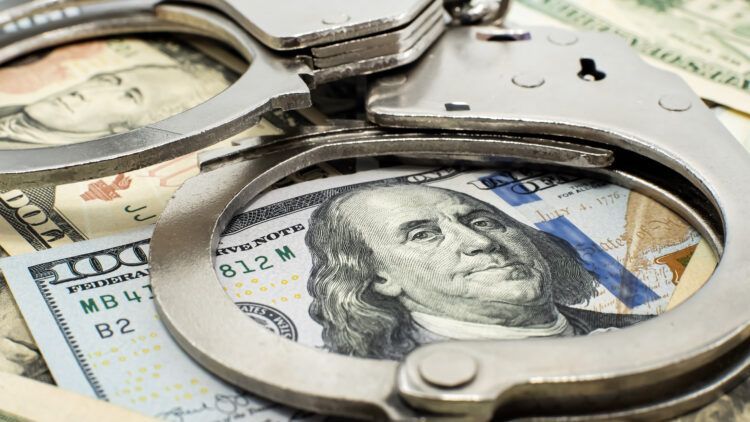The Impact of Inflation on Incarcerated Persons
While the prices of commissary items rise, prison wages rarely keep up

Eggs. Fresh fruit and vegetables. Home utilities. Toothpaste. Yikes on the prices as of late.
Americans have felt the pain of inflation over the past year. According to the most recent statistics from the Bureau of Labor Statistics, consumer prices rose 6.5 percent in 2022, compared to the same 12-month timeframe in 2021. While inflation is beginning to abate and we all hope to feel some relief in the near future, one frequently overlooked group has particularly struggled under the weight of growing inflation: the incarcerated population.
The New York Times recently published a guest essay by Patrick Irving, a maximum security prisoner in a facility just south of Boise, Idaho, who writes that prices at the commissary, an internal store where inmates can buy a limited range of personal items, in Irving’s facility rose by 8.5% in April 2022. Similar price increases have been reported in correctional facilities across the country. These price increases are particularly harmful to prisoners, who already earn little to nothing for their labor and rarely see wages increase with the cost of living.
“The prices have increased dramatically,” Dortell Williams, a man imprisoned at Chuckawalla State Prison in southern California, told Al Jazeera in a recent phone call. “And the reason we’re given is, ‘When prices go up on the outside, they go up on the inside." For Williams, that means the price of a tube of toothpaste jumped from $3.65 to $6. Ramen noodle prices increased from 25 cents to 45 cents. He estimates that the cost of many items has nearly doubled in the two-year period since November 2020. Access to these commissary supplies is essential to maintain a baseline standard of living.
Those inflation-driven price increases are exacerbated by the low wages earned by prison laborers. In California, the minimum prison labor wage is only eight cents an hour, before fees and deductions. With limited income opportunities behind bars, the burden of purchasing these daily needed supplies often falls on families to help pick up the tab. According to the Prison Policy Institute, US households paid almost 3 billion dollars in 2021 for items sold at prison commissaries and telephone calls made from behind bars.
To read more about the often crippling impact of inflation on incarcerated persons and the families that help support them, read "Costs of Incarceration Rise as Inflation Squeezes Inmates and Families" from Virginia Mercury, an independent, nonprofit online news organization covering state government and policy.










